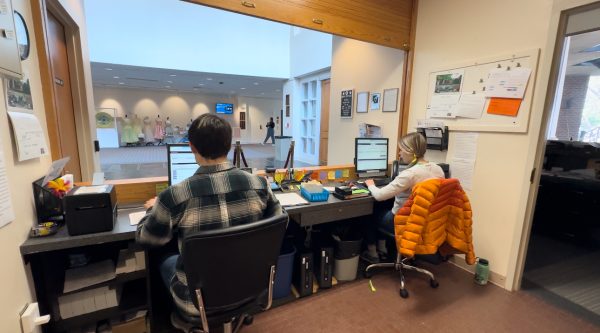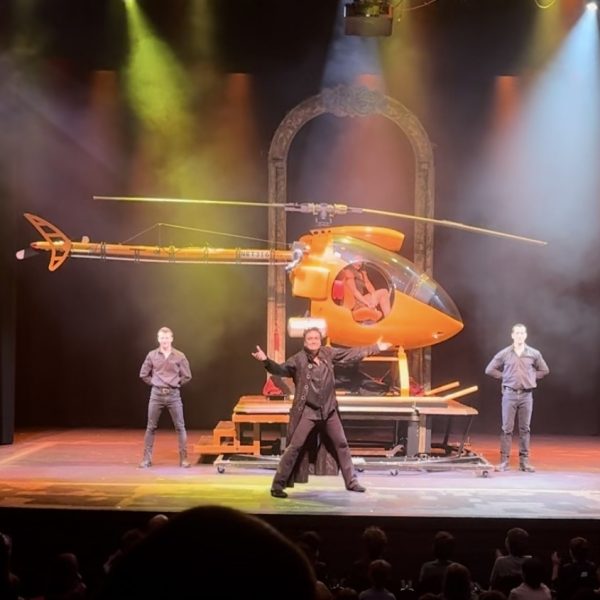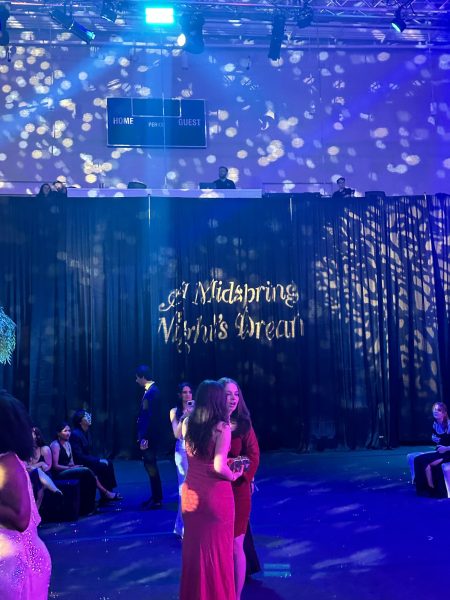2019 marks 30th reunion of first class of undergraduate women
Some of W&L’s first women reflect on the early years of coeducation
May 7, 2019
Alston Parker Watt ,’89, remembers touring Washington and Lee University in the mid 1980s. She was shopping around for colleges and after stepping on campus for the first time, she felt like she had found a perfect fit. Like many students throughout Washington and Lee’s history, Watt had the pivotal moment where she decided there was absolutely no other school she wanted to attend.
The only problem? At the time, Washington and Lee only admitted men, so Watt, a woman, didn’t think she’d be admitted.
“I visited while my older brothers were playing [lacrosse],” Watt said, “and I said if I could go to any college in the country, I’d go here.”
Watt got her wish when she came home from school one day during her senior year of high school in 1984 and found a newspaper clipping left for her by her mother. The Washington and Lee Board of Trustees had decided to transition the school to coeducation.
“I applied early, got in early, and never looked back,” Watt said.
The fight against coeducation, however, became personal for Watt. Her great uncle, an alumnus of Washington and Lee, refused to write her a letter of recommendation, citing his concerns that coeducation would alter the school.
“He was so worried that all of the values and all of the traditions and all the things he held dear from Washington and Lee were going to change,” Watt said.
Watt’s uncle later apologized to her, expressing his amazement at how well women had been incorporated into the university.
Dallas Wilt, ’90, a member of the second class of women, had a pivotal moment similar to Watt’s. Wilt, a graduate of Harpeth Hall School in Nashville, went on a college road trip with her classmates during a break from school and ended up in Lexington.
“I remember calling my mom from a payphone in Lexington and telling her I hadn’t really seen any schools that seemed like a fit,”Wilt said. “We got off the bus the next day… and I thought ‘wow, this place is amazing!’ I got back on the bus and said ‘okay, that’s the place I’m going.’”
Initially, like many women, Wilt had reservations about going to a school that had only recently admitted women. However, she soon overcame her hesitation and applied early decision to Washington and Lee.
Wilt recognized that the university was still figuring out how to operate under coeducation. She recalled a urinal covered up with a box that served as an impromptu toothbrush holder as an example of the rapidness of change on campus to accommodate women.
Wilt said the strength and fortitude of the first classes of women was so remarkable that it almost seems like the university looked for that in its female applicants.
“I don’t know if they hand-selected tough women, but we certainly were,” Wilt said. “We were no shrinking violets.”
The 1984 decision was not an easy one for the university. Trustees, faculty, administration, alumni and students all had varying opinions about the transition. Students circulated t-shirts and bumper stickers with the slogan “better dead than co-ed” and one man famously hung a sign from Old George atop Washington Hall reading “No Marthas,” a reference to George Washington’s wife. The women, however, remember positive attitudes from the classes above them on campus.
“On campus we just didn’t think much about it,” Wilt said. “We were all just having a great experience.”
Both Watt and Wilt viewed themselves at the time as your average college students, not women who were laying the groundwork for an entirely new chapter in Washington and Lee’s history.
“To begin, this was just the school that I wanted to go to,” Watt said. “It had nothing to do with being in the first class of women.”
Watt credits this attitude to the low attrition rate of the first class of women. The path for future female Generals was built not by women who necessarily wanted to be trailblazers but by women who had a deep desire to be at Washington and Lee.
Many of Washington and Lee’s first women continued to be involved with the school after they left, Watt and Wilt being no exception. Both women served on the board of trustees, and Watt was therst undergraduate alumna named to the board. Additionally, somewomen were called to serve Washington and Lee as their occupation. Tammi Simpson, ’91, associate dean of students and dean of juniors, found her calling on campus.
Dean Simpson echoes many of the stories and concerns of Watt and Wilt but emphasizes how her Washington and Lee experience was shaped not only by being a woman in a school that was overwhelmingly male, but also by being a black woman in a school that was overwhelmingly white.
Simpson, who was in the third graduating class to include women, echoes Watt and Wilt. She attended Washington and Lee because of its size and beautiful setting. Because there were two classes of women above her, Simpson didn’t view her attendance as significant.
“At the time I didn’t necessarily see myself as a trailblazer,” Simpson said. “Looking back on it now, I would say that maybe itwas pretty significant.”
Simpson does recall the t-shirts and bumper stickers that were still around even three years after the first class of women enrolled but she said she chose to remain positive about her experience.
“I didn’t focus on it [negative attitudes toward women] everysingle day,” Simpson said. “There were definitely people who weresupportive of women and coeducation.”
In her experience, Simpson believes that the transition to coeducation created strong bonds among students.
“Women formed relationships with each other,” said Simpson,“so that was pretty significant too.”












